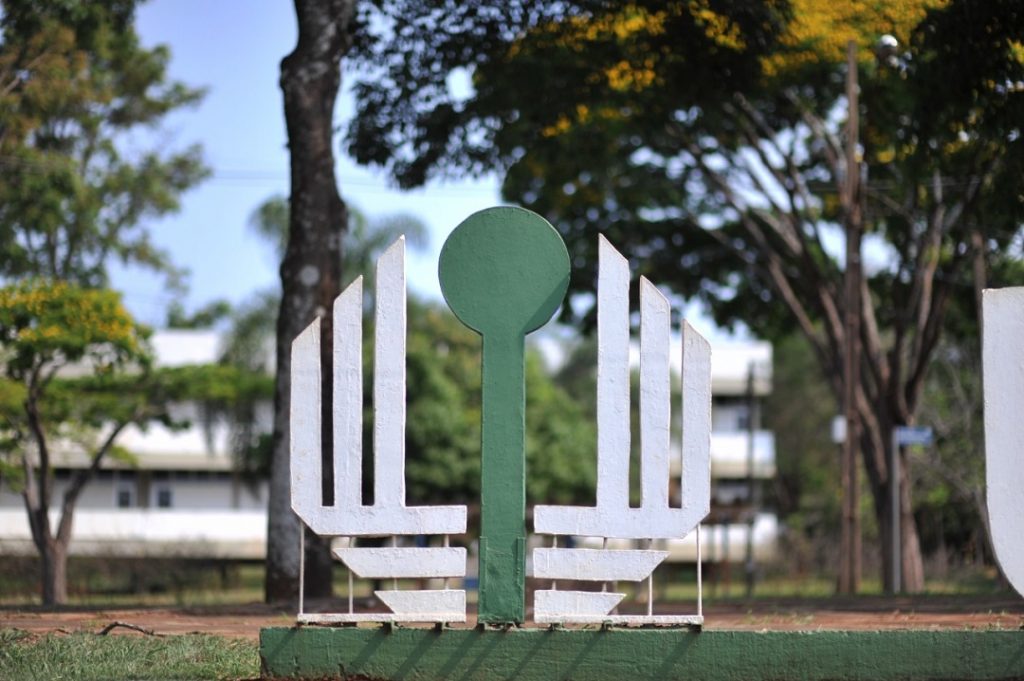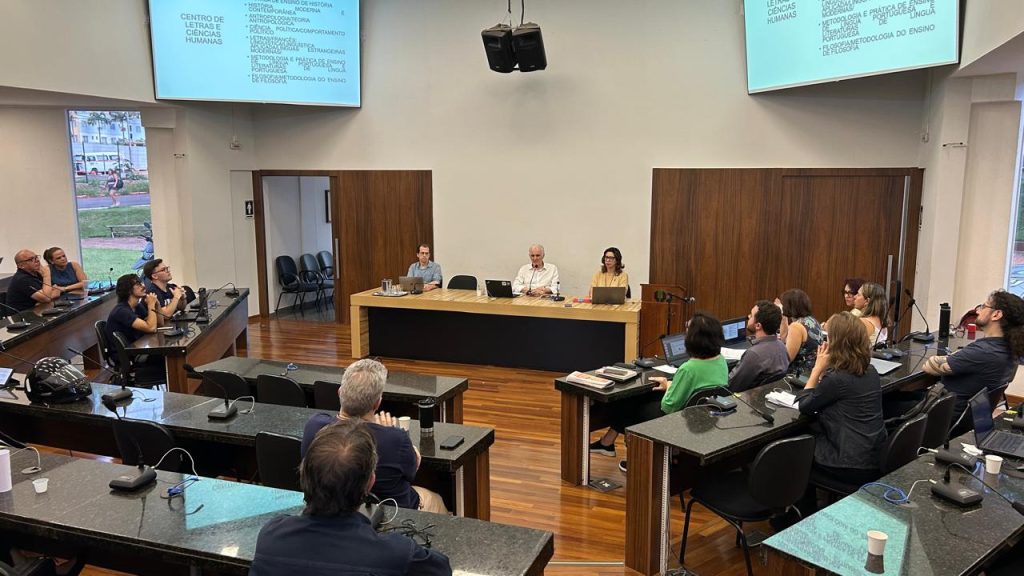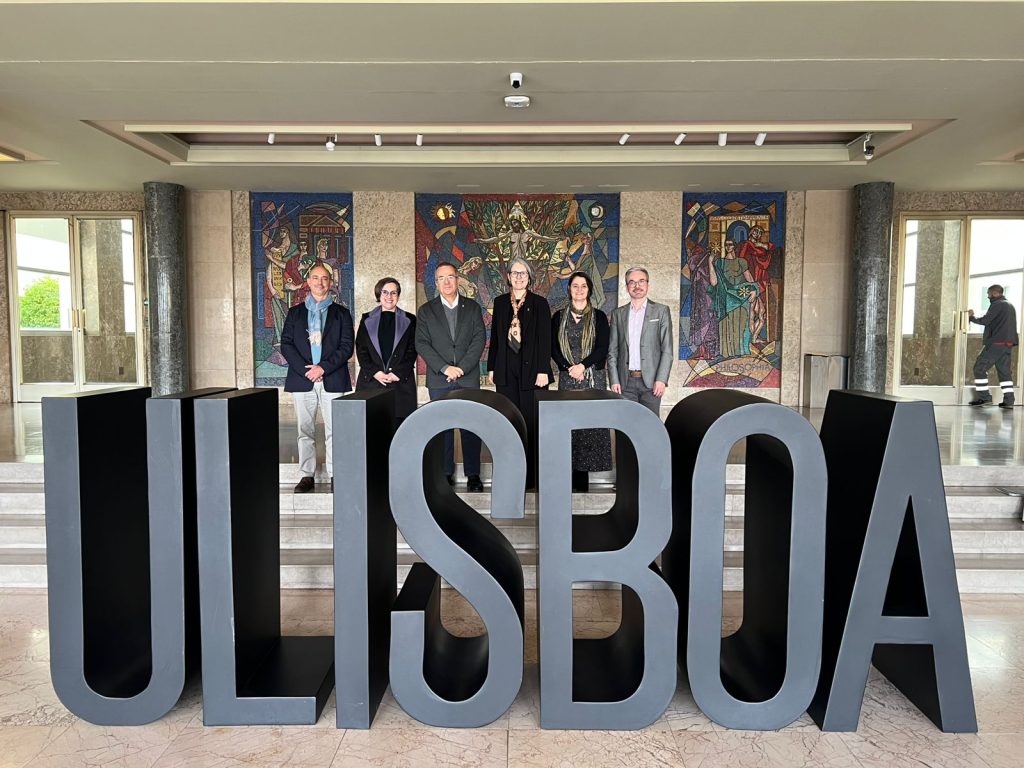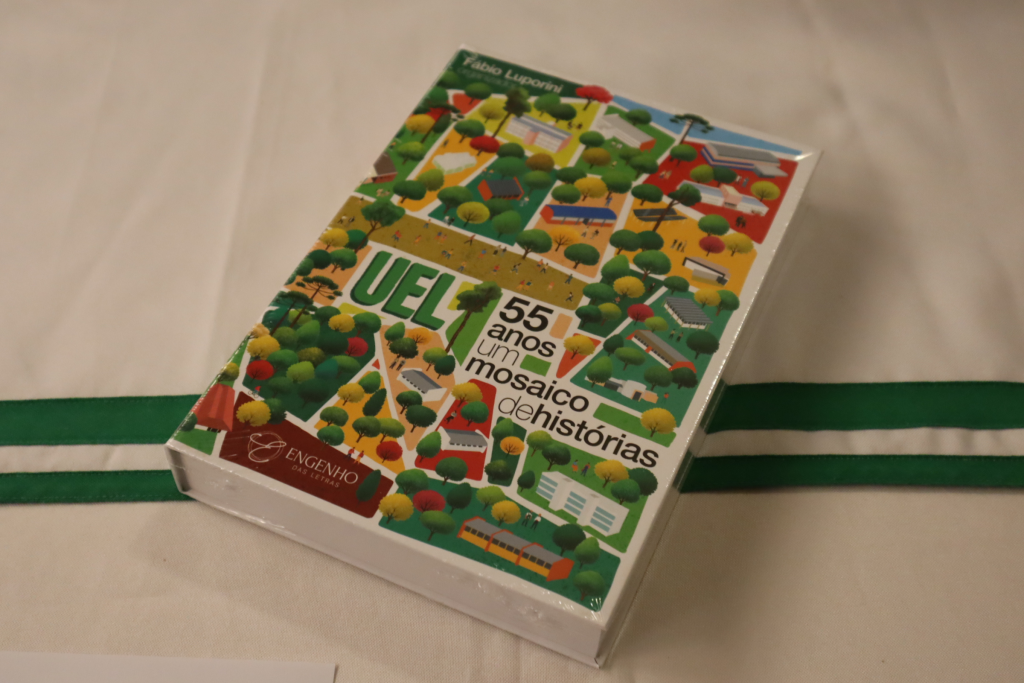[EN] The Benefits and Risks of the “King of Teeth”
[EN] The Benefits and Risks of the “King of Teeth”
Matéria originalmente publicada em português na edição nº1427 do Jornal Notícia. Traduzida para o inglês pela equipe do Paraná Fala Inglês (PFI).Professor Daniele Sartori, from the Department of Biochemistry and Biotechnology, has been researching microorganisms in purple garlic (Allium sativum) for nearly a decade. This variety of garlic is a common and popular condiment in Brazilian cuisine. Sartori, a UEL Biology graduate, began focusing on the identification of garlic’s biota during her postgraduate studies. She has been a faculty member since 2015, and her first research project, in collaboration with other institutions, collected garlic samples from all over Brazil, from Amazonas to Rio Grande do Sul.
Garlic is well-known for its nutritional and medicinal properties, and when consumed in moderation, it is a healthy food. It contains vitamins, minerals, and has antimicrobial properties with potential cancer-fighting effects. When freshly harvested garlic contains sulfur-based compounds that can help reduce cholesterol and combat cardiovascular diseases.
According to Professor Daniele, garlic consumption in Brazil averages around 1.5 kg per person annually. Although Brazil is the 15th largest producer, garlic cultivation has been on the rise in recent years. “The world’s leading producers are China, Spain, and Argentina, from which Brazil imports much of its garlic, along with Chile.
“Domestically, the largest garlic-producing states in Brazil are Santa Catarina, Rio Grande do Sul, Minas Gerais, and Goiás, where garlic is typically planted in the spring, with two harvests per year.
In Portugal, garlic is known as the ‘king of cloves,’ and there is a popular saying that garlic should be planted during Carnival. This means that to harvest large garlic bulbs, planting should occur around this time of year, in March, at the start of the boreal spring.
Drying, curing, and storage
Despite garlic’s many benefits as both a food and a medicinal plant, it can sometimes reach consumers contaminated with fungi that produce toxins harmful to human health. Unfortunately, these fungi are rarely visible to the naked eye when buying garlic at the market, and only complex, time-consuming and precise laboratory tests can detect their presence.
This is the focus of the current research project, coordinated by Professor Daniele, which has been ongoing since June 2020. Titled ‘Evaluation of Post-Harvest Garlic Microbiota,’ the project collects garlic samples from local producers. Before arriving at UEL, the garlic is harvested and undergoes a drying process (3 to 5 days in the sun), followed by curing (20 to 50 days), and then storage. After that, it is typically sent to market. Ideally, according to the professor, garlic should be stored in a refrigerated environment, though this doesn’t always happen, increasing the risk of harmful fungi developing.
Professor Daniele explains that more than 500 types of fungi are known to affect garlic, as well as other foods like coffee, corn, and peanuts. Some of these fungi don’t produce harmful toxins and may even have beneficial properties, which has led researchers to explore their potential for developing and patenting medications. For example, a fungus found in corn has already been developed into a medicine.
However, the fungi that do produce harmful toxins are of greater concern. These toxins accumulate in the human body, as they are not easily eliminated. Interestingly, the fungus often disappears after producing the toxin, making diagnosis even more difficult. Professor Daniele notes that when patients present with liver or kidney inflammation, the cause is rarely attributed to such toxins, leading to a lack of accurate data for further studies.
A Master’s dissertation supervised by Professor Daniele, in collaboration with producers from Londrina, Arapongas, and Apucarana, examined garlic sold at fairs and markets. This study focused on garlic that had not undergone curing or storage, and found no fungi immediately after harvest. Instead, the study revealed the presence of ‘good’ bacteria with biotechnological potential for fermenting certain foods. All aspects of this discovery are under investigation. Additionally, proper storage positively affects the smell and taste of garlic, a garlic with higher water content tends to be softer.
On the other hand, some fungi produce citric acid, which is used in products like candies. For instance, the orange flavor in candy often doesn’t come from oranges. Other fungi produce enzymes that can be used in cleaning products.
Research and patents
Research is ongoing, with some studies expected to lead to patents. One patent is nearing completion, facilitated by Aintec/UEL, as announced by Professor Daniele. This patent is the result of a PhD project in Biotechnology. So far, three Master’s dissertations have been defended in this fielld, with another currently in progress. Additionally, there’s an ongoing PhD project, along with two completed and one ongoing Scientific Initiation projects, and an equal number of Junior Scientific Initiation projects.
The research team is also part of a network of researchers focused not only in advancing knowledge but also on professional training and research. This network is linked to a NAPI (New Research and Innovation Arrangement). All 11 students involved, both undergraduate and postgraduate, receive scholarships from Capes, CNPq, or the Araucária Foundation. This research has led to publications, participation in scientific events – some papers receiving special recognition- and lectures. Professor Daniele emphasizes that UEL has a collection available to both internal and external researchers, and the project is actively seeking external collaborators.
Finally, the coordinator highlights the recent approval of a grant from SETI (State Secretariat for Science, Technology, and Higher Education) under the AGEUNI Program (Agencies for Regional Sustainable Development and Innovation of Paraná). This grant will fund studies using garlic extract to analyze microorganisms and nematodes of agronomic interest, with Professors André Martinez (Biochemistry) and Leandro Simões (Agronomy) also contributing to the project.
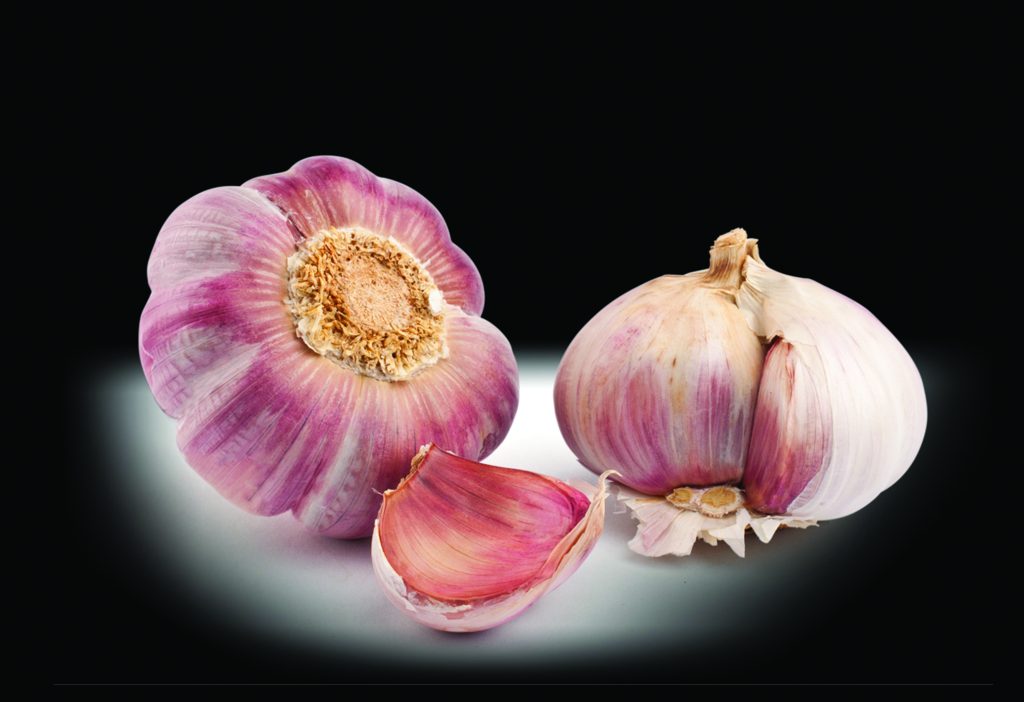
Matéria traduzida por Raquel Prete e revisada por Ana Paula Luiz dos Santos Aires, sob supervisão de Fernanda Machado Brener, pelo PFI – Programa Paraná Fala idiomas – Inglês.
Original publicada na Edição número 1427 do Jornal Notícia, em fevereiro de 2024, com o título “Os benefícios e riscos do ‘rei dos dentes’”.

